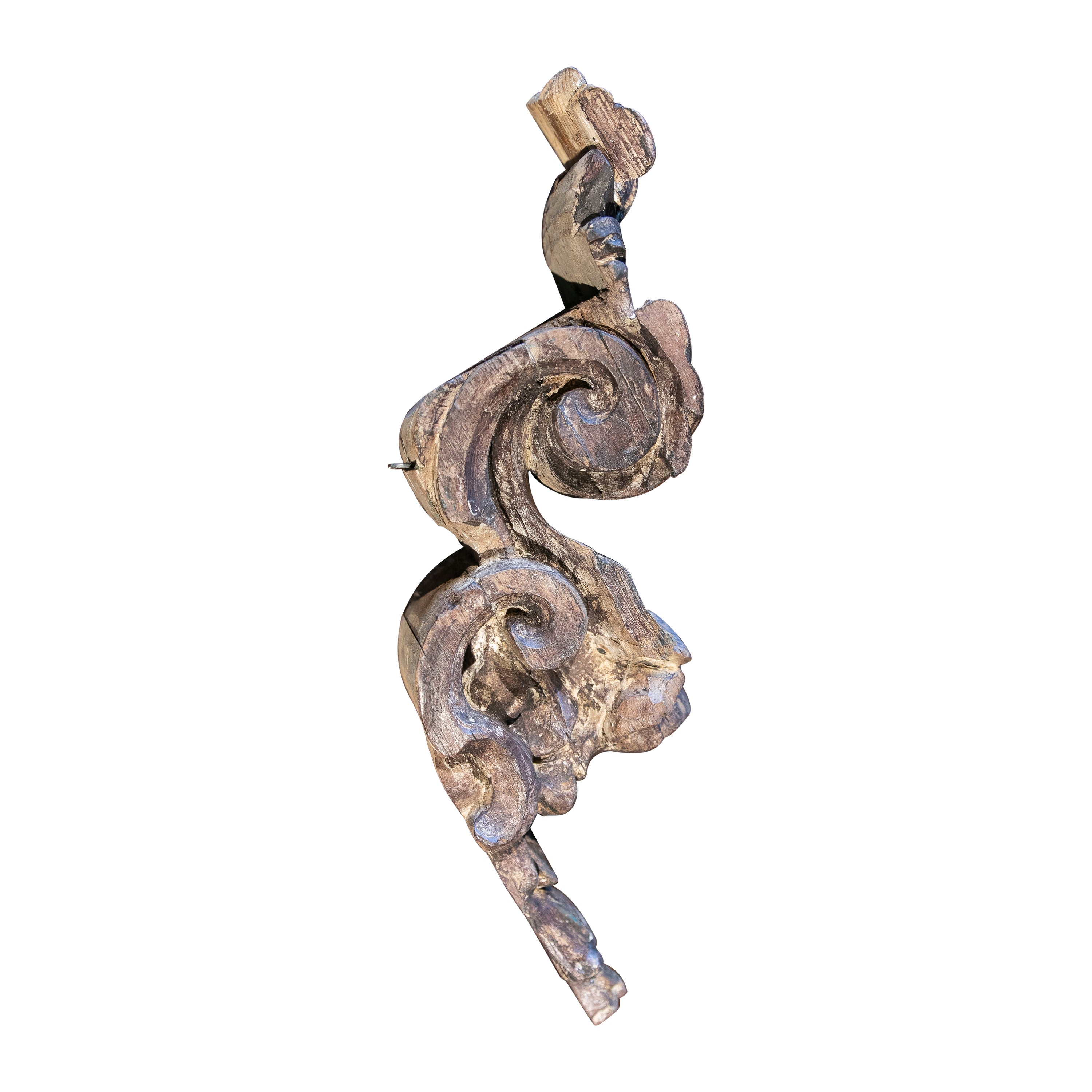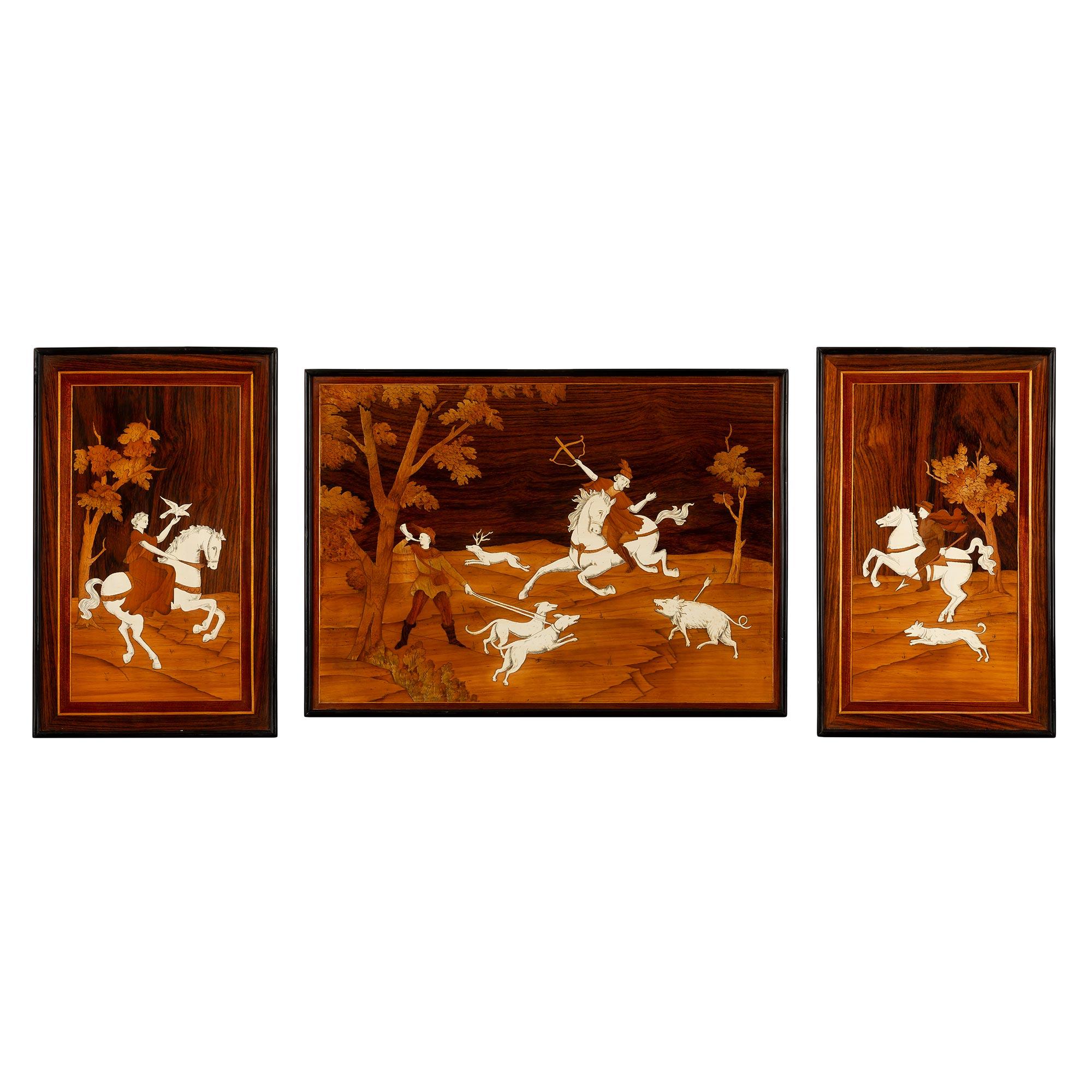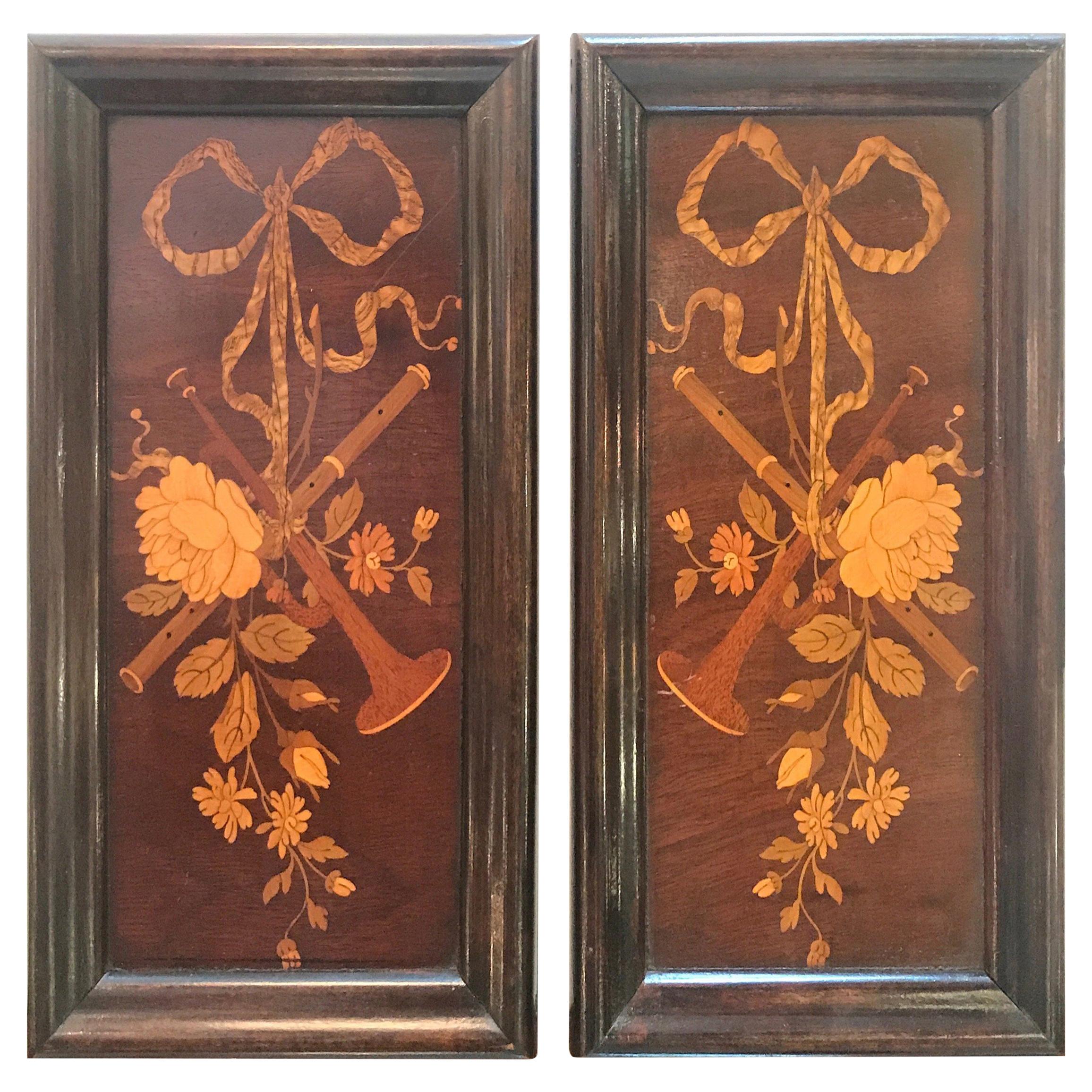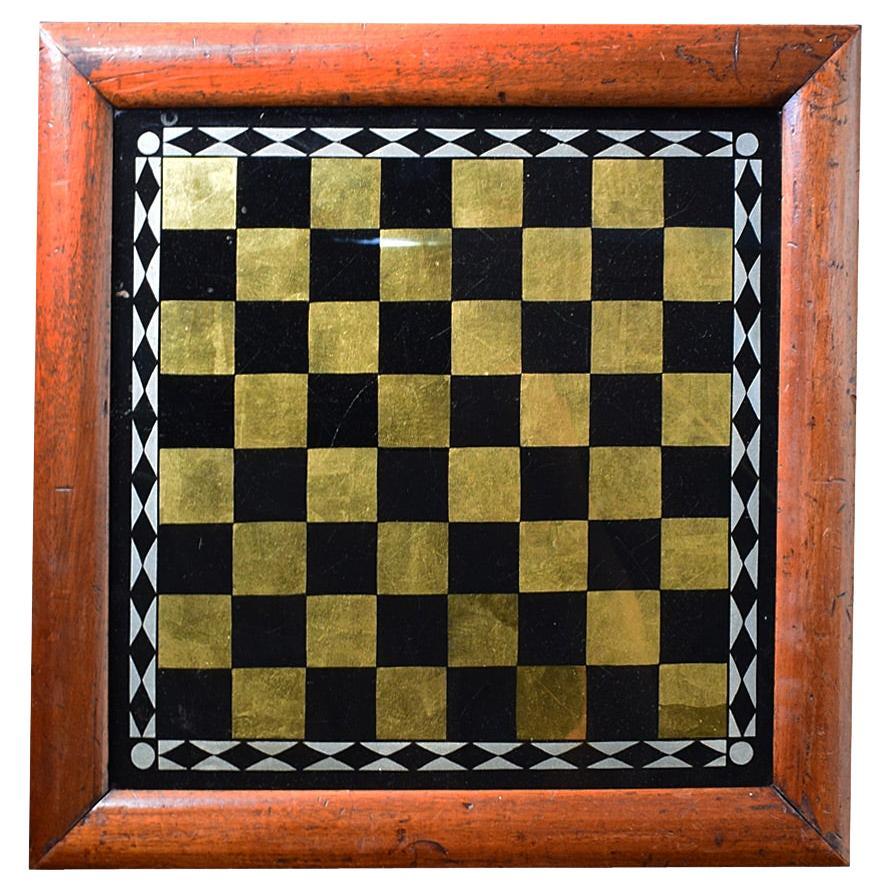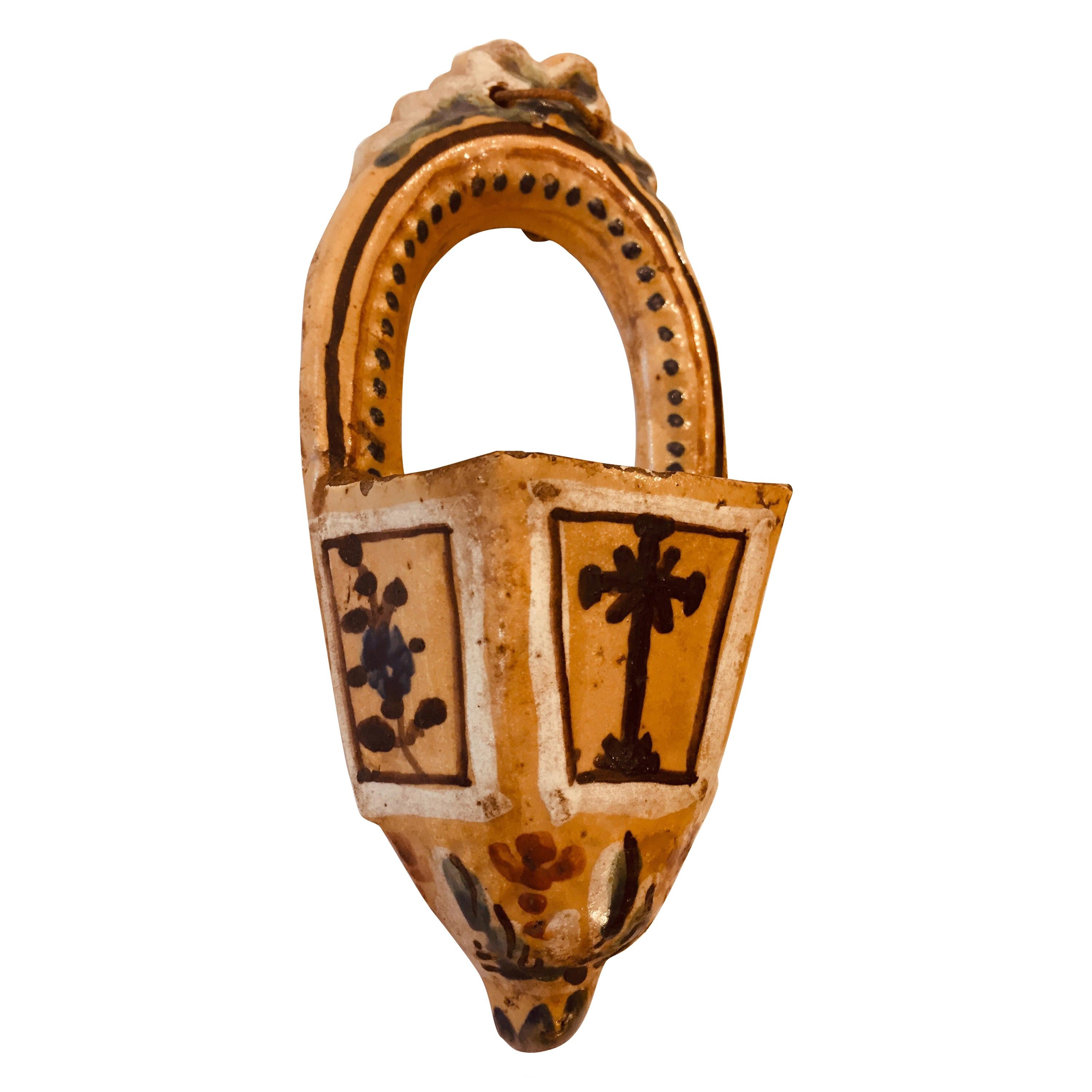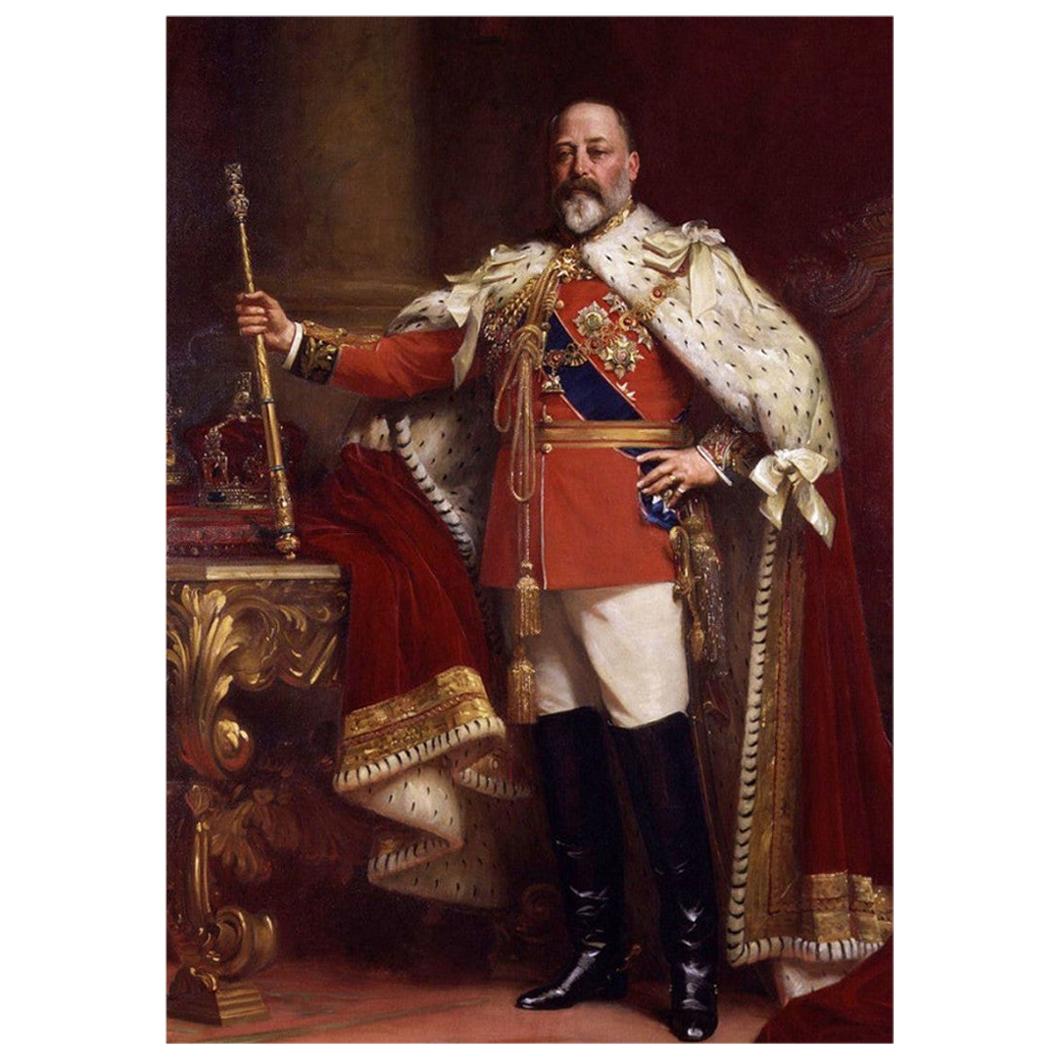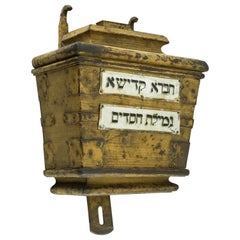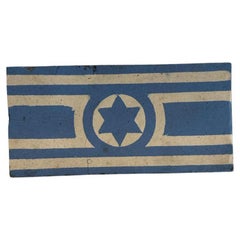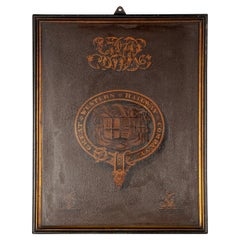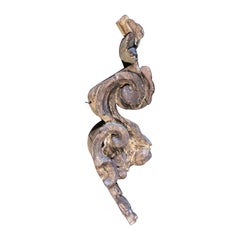
19th Century Romanian Decorative Wood Panel for Synagogue
View Similar Items
Want more images or videos?
Request additional images or videos from the seller
1 of 5
19th Century Romanian Decorative Wood Panel for Synagogue
About the Item
- Dimensions:Height: 17.72 in (45 cm)Width: 41.34 in (105 cm)Depth: 1.58 in (4 cm)
- Materials and Techniques:
- Place of Origin:
- Period:
- Date of Manufacture:Mid-19th Century
- Condition:
- Seller Location:New York, NY
- Reference Number:1stDibs: LU5281219209502
About the Seller
5.0
Recognized Seller
These prestigious sellers are industry leaders and represent the highest echelon for item quality and design.
Established in 2006
1stDibs seller since 2020
92 sales on 1stDibs
More From This SellerView All
- 19th Century Hungarian Synagogue Iron Charity ContainerLocated in New York, NYLarge handmade iron charity container, Hungary, circa 1850. The iron tzedakah box was installed within the wall at the Hungarian Synagogue. On the fr...Category
Antique Mid-19th Century Hungarian Religious Items
MaterialsIron
- Late 19th Century Moroccan Brass Hanukkah Lamp MenorahLocated in New York, NYHandmade hanging brass Hanukkah lamp Menorah, Tetuán, Morocco, circa 1880. Engraved above the oil fonts in Hebrew: “Blessed shall you be in your comings and blessed shall you be in y...Category
Antique Late 19th Century Moroccan Religious Items
MaterialsBrass
- Early 20th Century Synagogue Wall TileLocated in New York, NYA pressed stone tile saved from a synagogue in Poland. Pressed in the blue into the center of the tile is the Star of David, surrounded by a circle and framed by blue lines. The unev...Category
Early 20th Century Polish Historical Memorabilia
MaterialsCast Stone
- Mid-20th Century Copper Synagogue Decoration from JerusalemLocated in New York, NYHand hammered copper sheet synagogue decoration depicts the Decalogue (Ten Commandments) flanked by rampant lions standing on a column, framed by an arch with two stars of David at t...Category
Mid-20th Century Israeli Decorative Art
MaterialsSheet Metal
- Early 20th Century Indian Brass Synagogue LampLocated in New York, NYZhumbar - large brass lamp for festive occasions. India, early 20th century. Central hoop, with a dozen curved arms (with hoops at their end) - six turning upwards and six downwards. Four rods for suspension. Such lamps served the "Bene Israel" congregation that lived mainly in Bombay, Calcutta and other towns in western India. "Oil chandeliers with thirteen arms, known as Zhumbar, were used in the synagogue on festive occasions" Literature: Orpa Slapak (Editor), "The Jews of India - Bene Israel, Cochin...Category
Early 20th Century Indian Chandeliers and Pendants
MaterialsBrass
- Mid-18th Century Italian Silver Book BindingLocated in New York, NYAn 18th century Italian silver book binding. An impressively designed, this book binding is formed by two, nearly identical covers, each embossed w...Category
Antique Mid-18th Century Italian Classical Roman Religious Items
MaterialsSilver
You May Also Like
- 19th Century Victorian Great Western Railway Company Painted Coach Panel, c.1860Located in Royal Tunbridge Wells, KentAntique 19thC Victorian coach panel, hand painted, showing the emblem of The Great Western Railway Company. Founded in Bristol by Isambard Kingdom Brun...Category
Antique 19th Century British Victorian Historical Memorabilia
MaterialsWood
- 18th Century Spanish Decorative Finial Carved in WoodLocated in Marbella, ES18th Century Spanish Decorative Finial Carved in WoodCategory
Antique Mid-18th Century Spanish Decorative Art
MaterialsWood
- 19th Century Antique Decorative Panel on PaperLocated in Cuneo, Italy (CN)19th century antique decorative panel on paper, idea for above fireplace or headboard, soft and pastel colors, coming from the old Italian house.Category
Antique Mid-19th Century Italian Paintings
MaterialsCanvas
- Italian 19th Century Decorative Marquetry Wall PanelsLocated in West Palm Beach, FLA charming and wonderfully executed complete set of three Italian 19th century bone, ebonized fruitwood, walnut and rosewood decorative marquetry wall panels. Each rectangular panel displays an ebonized fruit wood mottled border and beautiful rosewood band and background. The central panel displays two hunters, one on a horse with a bow, the other sounding a horn while holding two dogs. An injured boar is in the foreground while a deer is escaping in the background. The two outer panels display a lady riding her horse side saddle...Category
Antique 19th Century Italian Decorative Art
MaterialsFruitwood, Rosewood, Walnut
- 19th Century Wood Carving Decorative ObjectLocated in Dallas, TXThis elegant pair of wood carvings originates from France, circa 1900.Category
Antique Late 19th Century French Decorative Art
MaterialsWood
$3,120 / set - 19th Century, Irish Marine Botany Specimens Made for the Niagara Falls MuseumLocated in Hamilton, Ontario19th century Irish Marine Botany Specimens made for Thomas Barnett of the Niagara Falls Museum. Seaweed samples were collected off the West Coast of Ireland in 1871 by Mrs. Maria J.W. Kirkwood and presented to Thomas Barnett Esquire, proprietor of the Niagara Falls Museum. These come as two separately framed pieces with hand embroidered lettering surrounded by seaweed and a poem written by Victoria Hall. Free shipping within the United States and Canada. The Niagara Falls Museum was a museum most notable for being the oldest Canadian museum (1827), as well as for having housed the mummy of Ramesses I for 140 years before its return to Egypt in 2003. It was founded by Thomas Barnett of Birmingham, England and underwent a few vocational changes in its history. More on Thomas Barnett and the Niagara Falls Museum. Thomas Barnett was born on December the 4th, 1799 near Birmingham, England. He moved to Canada in the early 1820s and opened the Niagara Falls Museum in 1827 at the base of the Canadian Horseshoe Falls. Barnett had a passion for collecting oddities. He retrofitted a former brewery house to exhibit his private collection. Although Barnett was aware of the collection patterns of his North American contemporaries, his own approach bore an uncanny similarity to the British tradition, such as the Ashmolean Museum in Oxford, the first traditional museum in Britain. The Niagara Falls Museum had humble beginnings. In 1827, the first museum contained Thomas Barnett's own cabinet of taxidermic curiosities. Although the details were not documented, the collection was likely composed of a number of mounted animals of local origin, combined with a smattering of Native American artifacts. Barnett's collection however rapidly grew. Prior to 1844, an account of the museum's contents stated that there were over 5000 items, including bipeds, quadrupeds, birds, fish, insects, reptiles, shells, minerals, and Native American curiosities. Through the first fifty years of its existence, the Niagara Falls Museum continued to acquire similar artifacts through the diligent efforts of the Barnett family and their associates. In 1854, Sydney Barnett (son of Thomas Barnett) made the first of his three trips to Egypt (two by himself and one with Dr. J. Douglas of Montreal) and purchased four mummies as well as a host of other Egyptian antiquities. In 1857, mastodon remains were discovered in St. Thomas, Ontario and later placed in the museum. In 1859 an inventory of the museum's contents included, in addition to the previously mentioned artifacts, an egg collection...Category
Antique 19th Century Decorative Art
$3,250 Sale Price / set27% Off
Recently Viewed
View AllMore Ways To Browse
Wall Panel 19th Century
Mid Century Wall Panel
Mid Century Wall Panels
Antique Wood Wall Panel
Antique Wood Wall Panels
Wood Scroll Panel
Antique Wood Pediments
Antique Wood Pediment
Wood Wall Panel Mid Century
Midcentury Wood Wall Panel
Antique Wood Panels For Walls
Antique Carved Wood Pediment
Carved Lion Mid Century
Mid Century Carved Wall Panel
Carved Wood Wall Panels
Wood Block Wall Art
Antique Judaica
Judaica Antique

